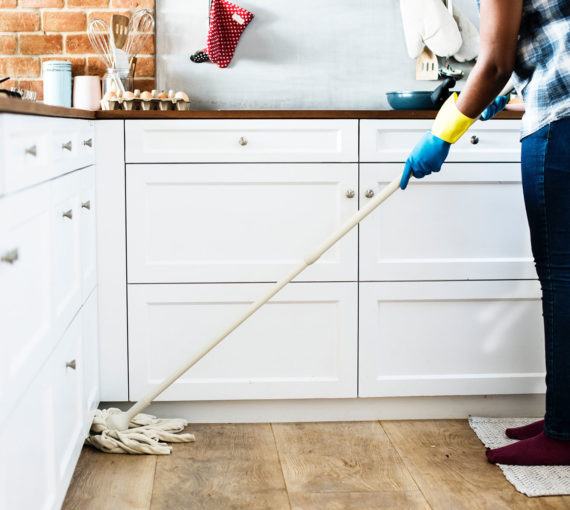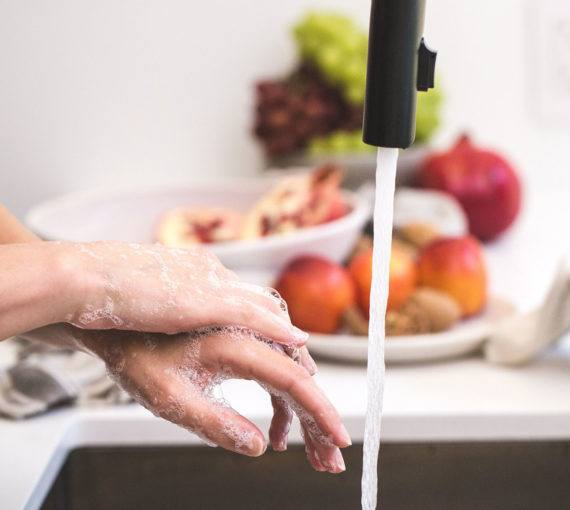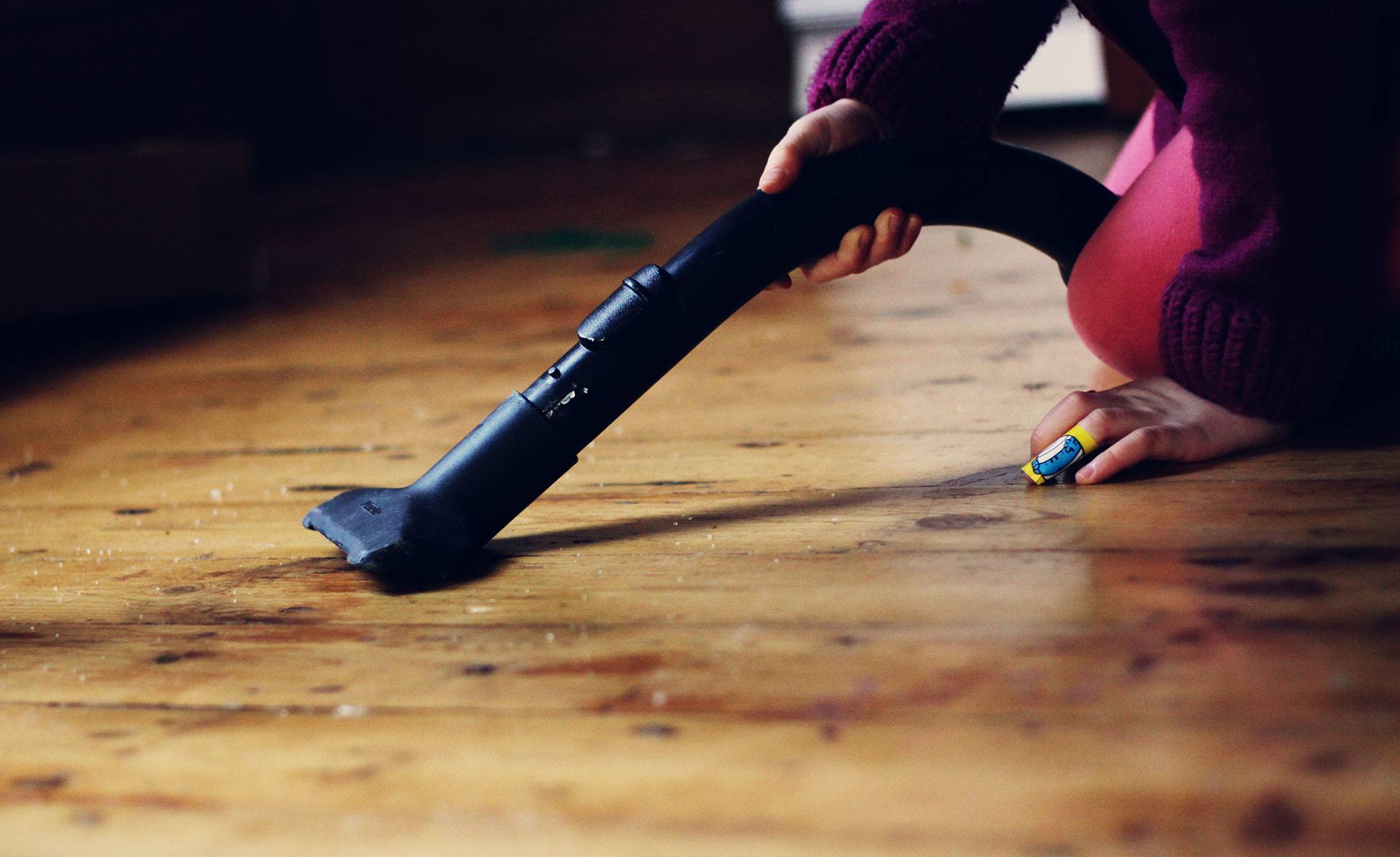
Household dust is now recognized as one of the most significant sources of childhood exposure to toxic substances. (Photo: Sarah Horrigan via Flickr)
We’re exposed to many harmful chemicals, including some that have never been tested. And we regulate as if there are safe levels.
How to reduce dust at home
Household dust is now recognized as one of the most significant sources of childhood exposure to toxic substances. Studies show that dust is a chemical soup with low levels of flame retardants, phthalates, pesticides and metals like lead, mercury and arsenic. (Higher levels are often found in dryer lint and vacuum cleaner bags.)
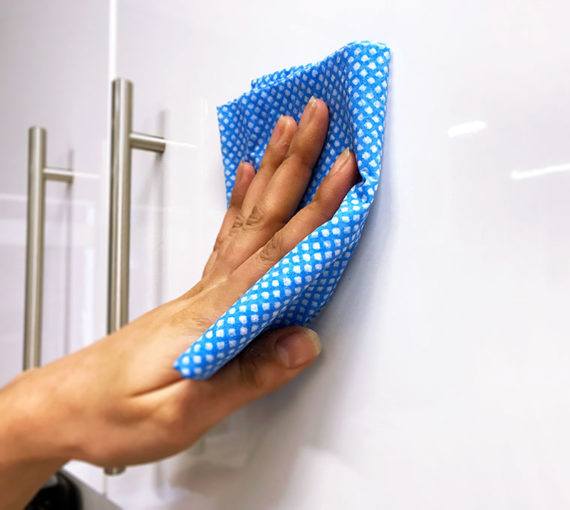
Solution?
Dust with a damp cloth weekly. Wet mop twice a week if you have a crawling child.
Consumer products are the likely source of polybrominated diphenyl ether flame retardants building up in people and animals. Your couch, curtains, TV and other electronics are shedding toxic PBDEs every day. You’re exposed by inhaling or ingesting them.
These chemicals have been linked to cancer, adverse effects on the developing brain, and immune and reproductive problems. They’re also persistent and bioaccumulative, so they build up in the environment and our bodies (and in animals like polar bears and orcas).
Shoes also track contaminated dirt — lead, garden and lawn pesticides — into your home.
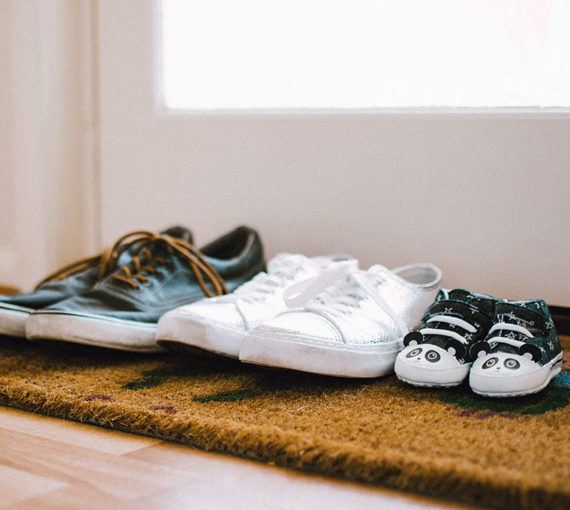
Solution?
Get a natural fibre doormat. Wipe shoes on the mat and take them off when you come in. Leave them at the door instead of storing in a bedroom closet.
According to the Small Properties Association citing a doormat study, “Doing both actions — door mats and shoes off — over a five month period wiped away a stunning 98.5% of the toxic dust.”
Learn more about healthy dusting tips and other ways to reduce your exposure.
How to protect kids’ brains from household toxins
Watch early childhood health expert Bruce Lanphear in Little Things Matter: The Impact of Toxins on the Developing Brain. He says even “extremely low levels of toxins can impact brain development.”
Lanphear’s findings about toxins:
- They have lifelong impact.
- Even low levels affect kids’ brain development.
- All kids have lead in their blood. There are no safe levels of lead!
- All kids have PCBs (used in the manufacturing of electrical equipment, heat exchangers and other specialized applications up to the late 1970s).
- All kids have PBDEs.
- Ninety-six per cent of kids have bisphenol-A (a hormone disruptor).
- Eighty-nine per cent of kids have mercury.
Five ways to lower body burden:
- Eat fresh and frozen foods (not canned).
- Remove and replace all lead hazards (e.g., pipes), especially in homes built before 1960.
- Choose low-mercury fish.
- Avoid using pesticides.
- Clean floors, surfaces and house dust often.

